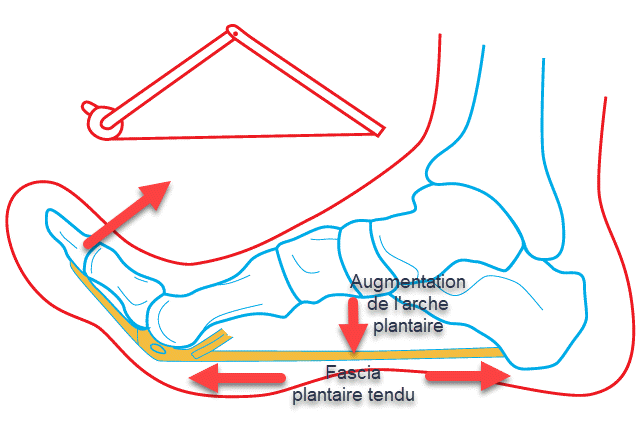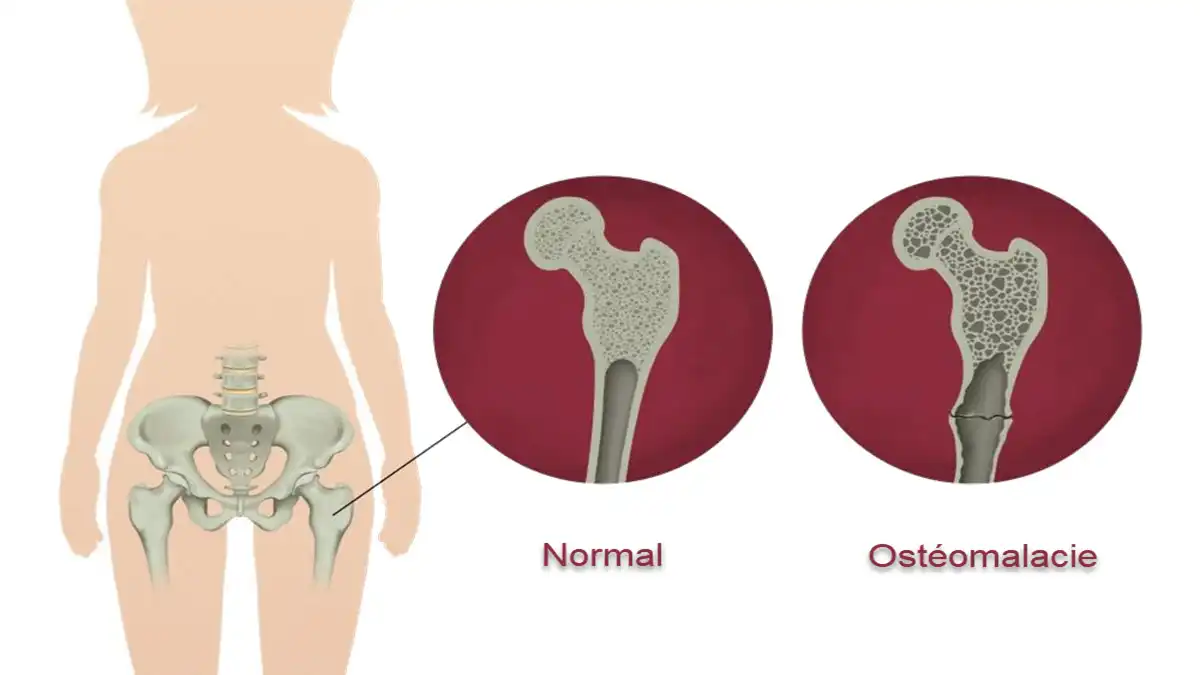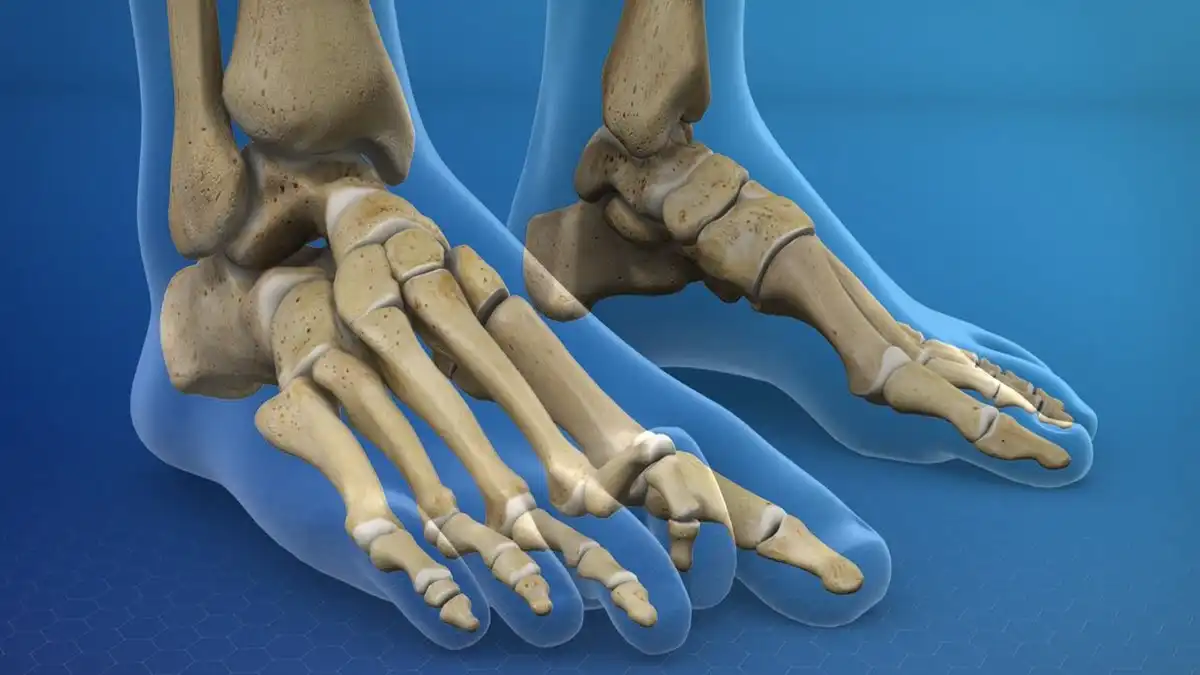The windlass mechanism is a mechanical model that describes how the plantar fascia supports the foot during weight-bearing activities and provides information about the biomechanical demands placed on the plantar fascia.
The attachment of the plantar fascia to the tendons of the toe flexor muscles is of functional importance. When we move while walking, our metatarsals extend at the metatarsophalangeal joints (MTP). Due to the attachment of the plantar fascia to the toe flexor tendons, the plantar fascia is stretched around the MTP joints.

This tensioning of the plantar fascia then helps to stabilize the arch of the foot and make the foot more rigid, which is necessary when we move our body forward when walking or running. This mechanism is often called the windlass mechanism. A windlass is a pulling mechanism used to raise the mast of a boat. It consists of a rope that can be tensioned by being wrapped around a cylinder; the tension in the rope then pulls on the mast and lifts it. In this case, the MTP joint is the cylinder and the rope are the plantar fascia. When the plantar fascia is stretched around the MTP, it becomes taut and pulls on both ends of the bow, increasing the height of the bow.
























